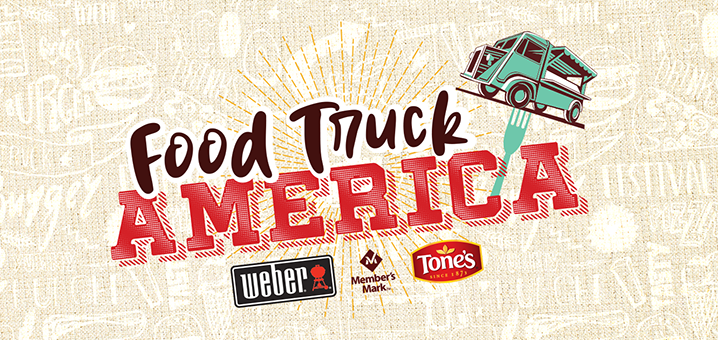I wouldn’t make a habit of basing financial stories on pop culture, but sometimes a peg comes along that is hard to resist.
This coming weekend, a new season of the Food Network’s “The Great Food Truck Race” will premiere, and the cross-country competition among eight roadside food stands seems like a good time for a fun feature about the state of mobile cuisine in your market.
Americans spend an ever-growing amount of their food dollars on out-of-home dining. According to the U.S. Department of Agriculture, food away from home as a share of food expenditures has grown from 17.2 percent in 1929 to 47.9 percent in 2010 (which was down a bit from a pre-recession peak of 48.4 percent in 2007.)
This USDA Economic Research Service page on food expenditures includes that data and a number of other fascinating tables (no pun intended) about food spending and food costs. Here’s a new Gallup poll, too, about who eats out and how often.
Food trucks aren’t a new phenomenon, of course, but their compact kitchens, interesting marketing approaches – social media being an important tool for this niche, with Pinterest being the latest in the food-truck arsenal – and specialty menu offerings keep the concept fresh. For those who dream of zipping around preparing high and low cuisine, what are the start-up and operating costs, typical working hours, supply issues, local regulations and other conditions affecting would-be chefs-on-the-go?
Exploring the tension between food trucks and non-mobile restaurants might be an interesting angle; this FoodTruckFreak blog discusses a new ordinance in Chicago that requires trucks stay 200 feet from existing restaurants.
Find the entire article by Melissa Preddy at businessjournalism.org <here>




